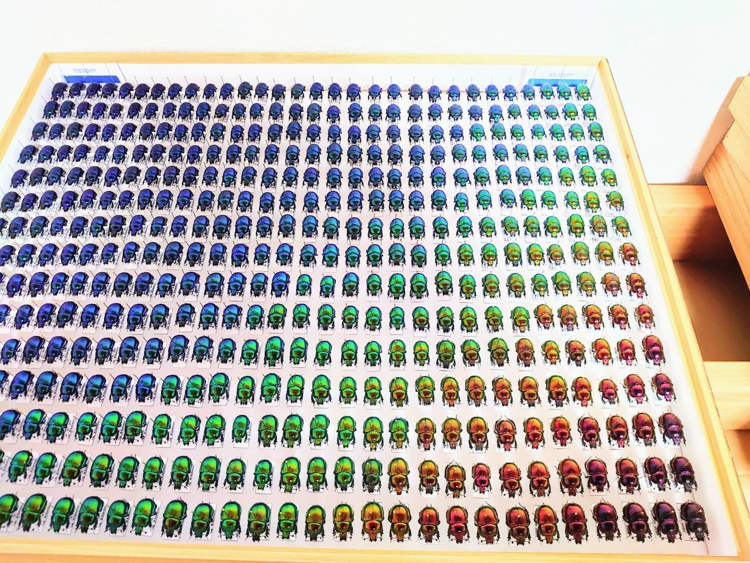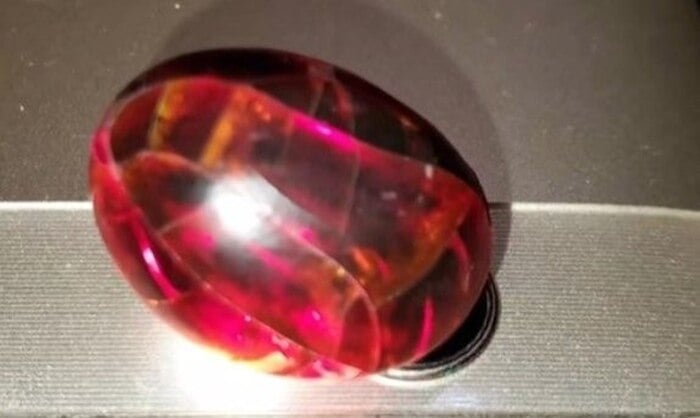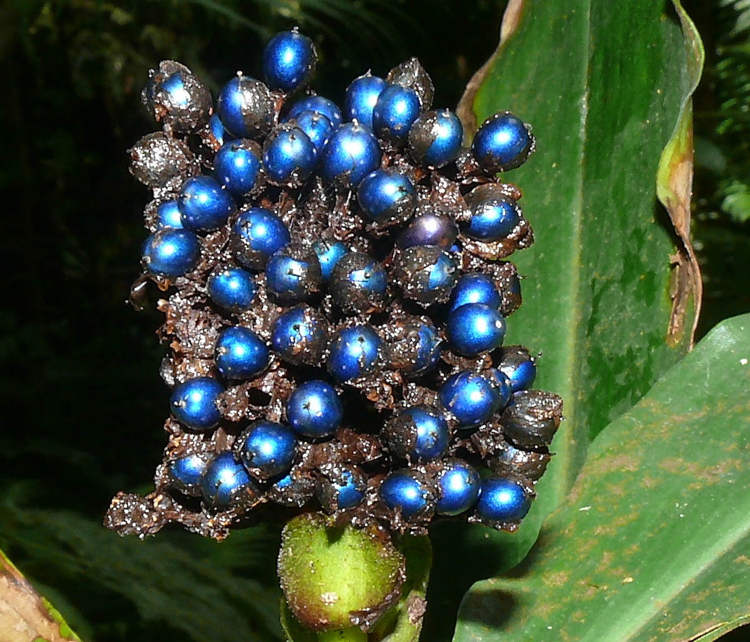Just like the Monkey Orchid we posted about a few weeks ago gets its name from its remarkable resemblance to a smiling monkey, the Flying Duck Orchid got its name for looking like a tiny duck with its head and beak held high and wings swept back.
If you’ve never been to the Australian wilderness, chances are you’ve never seem a Caleana major , or Flying Duck Orchid before. That’s because despite numerous attempts to grow it anywhere else, this amazing-looking flower refuses to propagate in captivity. Apparently, that’s because its roots have a symbiotic relationship with the vegetative part of a fungus which can only be found in the wild country of eastern and southern Australia. The fungus protects the flower from infections, and without its presence, it never lasts for very long. But even if you travel to Australia to see the Flying Duck Orchid in its natural habitat, you have to look really carefully to spot it. At up to 50 centimeters in height, it’s definitely not the smallest flower in the world, but its red-and-purple coloring helps it blend so well in its wild surroundings that it becomes almost invisible.
Photo: Bill Higham
The labellum gives Caleana major its distinct duck-like look, but it also plays a big role in the species’ survival. Its length and breadth serve as a landing pad for sawflies, the insects which usually pollinate this flower, and if any bugs have problems figuring out where the pollen is, it points them the right way. When a sawfly lands on the column of the Flying Duck Orchid, its weight forces the labellum to spring down on it. The insect is trapped and the only way out is via the pollen. Once it breaks free, the beak-shaped labellum returns to its normal position. Is Mother Nature smart or what?
Photo: Natalie Tapson
Photo: davidfntau
Photo: Bill Higham
Photo: Peter Woodard
Source: Kuriositas


















